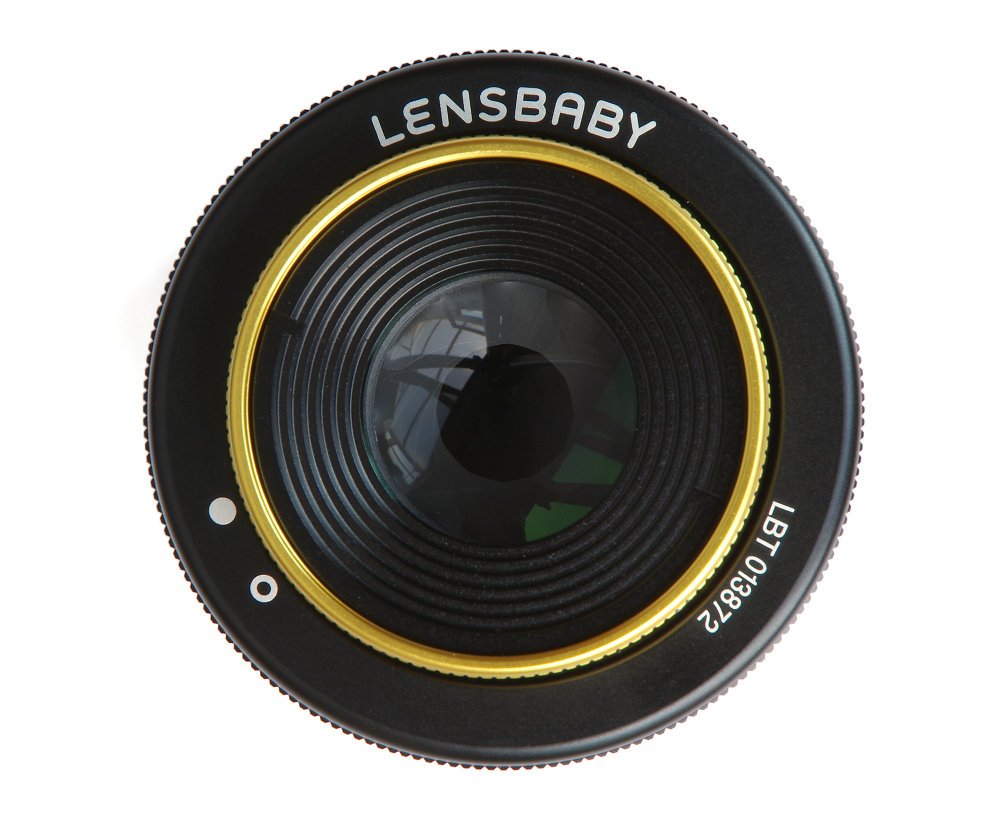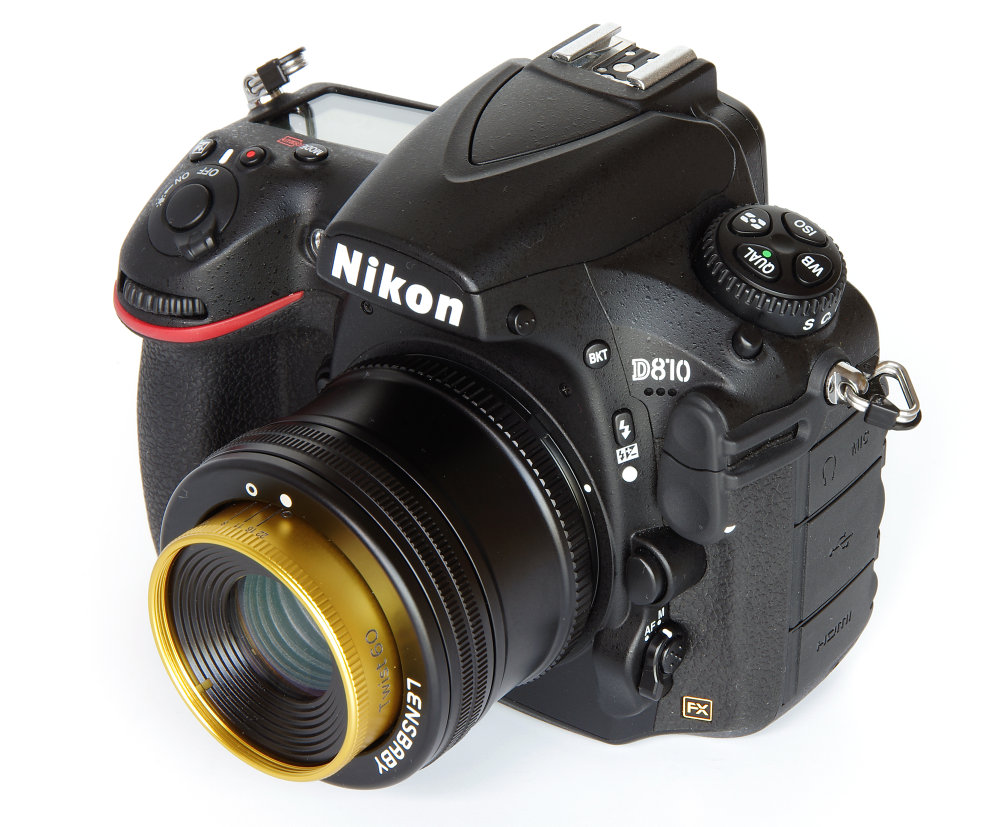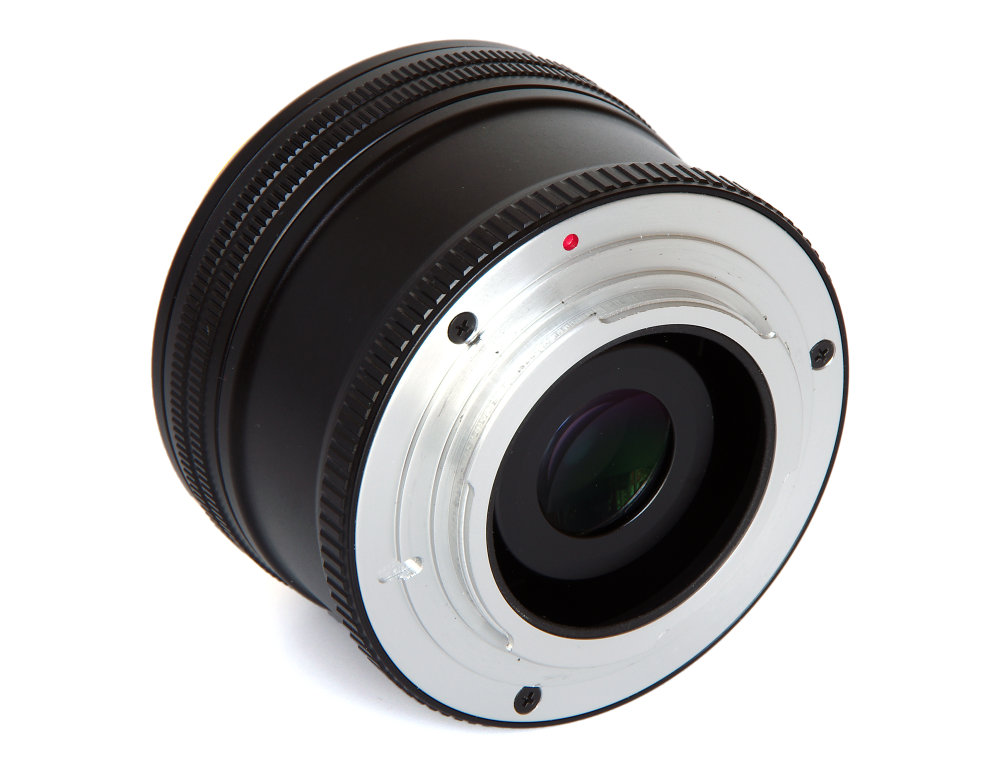Lensbaby Twist 60 Review
Lensbaby Twist 60 Handling and Features
The Twist 60 is a nicely made metal bodied lens, manual focus only, and is very easy to focus of the Nikon D810 that was provided for this review. It snaps in and out very precisely. It is Optic Swap Compatible, meaning that the lens itself can be lifted out of the mount and placed in any of the other compatible mounts provided. If used on a mount that twists away from the optical axis, the Twist 60 needs to be used in the straight ahead position. The basic lens is available separately at a lower cost, so for those using Lensbaby already the price is much lower.
This is a full frame lens and the compatibility varies from camera to camera, details of which can be found at lensbaby.com/camera-compatibility – in the case of the D810 the lens can be used in Av or manual modes and the meter does operate normally. It is essential to find the correct orientation when mounting the lens so that it clicks into position and meters properly. It is possible to mount the lens in other positions and it does not lock in, nor does the meter give the correct reading. Operation is at the working aperture as there is no stop down mechanism. Mounts available for the Twist 60 are Canon EF, Nikon F and Sony E and, as mentioned, other Lensbaby lens heads can also be fitted into the mounts.
The Petzval lens was revolutionary in its day, providing a fast portrait lens that enabled shorter exposure times. It consists of two doublets (two element lenses) with the aperture stop in the middle. The result is a fast lens with a sharp central area and rapidly blurring outer areas from residual aberrations and field curvature. Field curvature exists in many lenses but when excessive means that the centre and edges cannot both be in focus at the same time. This new Petzval design comprises 4 elements in 3 groups and exhibits similar properties to the original.
The lens itself is very well made, weighs 204g, has a 46mm filter thread and a 12 bladed diaphragm. The larger the number of diaphragm blades, the more circular the aperture will be, improving the bokeh. Focusing is down to 45cm (18”) which is close enough to provide a decent head and shoulders portrait. The lens head can be removed easily via a fairly woolly feeling bayonet. It does seem disconcertingly wobbly, but actually seats reliably and does the job.
The most critical thing is the ease of focusing and it is beautifully simple indeed. The image is very clear through the D810 and the focus point very easy to judge. 60mm might seem an unusual focal length, but in fact it does make a useful portrait distance. The classic use for such a lens would be portraiture, and there is certainly huge potential in that. Equally well, other genres such as landscape and close up work are there for the taking. There are no boundaries when we are talking about creative lenses and this is a prime example of an optic where a photographer could carve out a style of working to produce very original and striking images.
Add your message
Please login here or if you've not registered, you can register here. Registering is safe, quick and free.
photodo Stats
428 MTF tests
74 in-depth photodo reviews
100+ users join each day
Help the lens community by reviewing or rating a lens today via our lens search
Latest Lens Reviews
- Chinon 28mm f/2.8 Vintage Lens Review
- Canon EF 70-200mm f/4L IS II USM Lens Review
- Samyang AF 85mm f/1.4 EF Review
- Sigma 70mm f/2.8 DG Macro Art Review
- Samyang AF 24mm f/2.8 FE Review
- Meike 50mm f/1.7 Review
- Tamron 70-210mm f/4 Di VC USD Review
- Lensbaby Burnside 35mm f/2.8 Review
- Asahi Super Takumar 50mm f/1.4 Review
- Asahi Super-Multi-Coated Takumar 135mm f/3.5 Review



